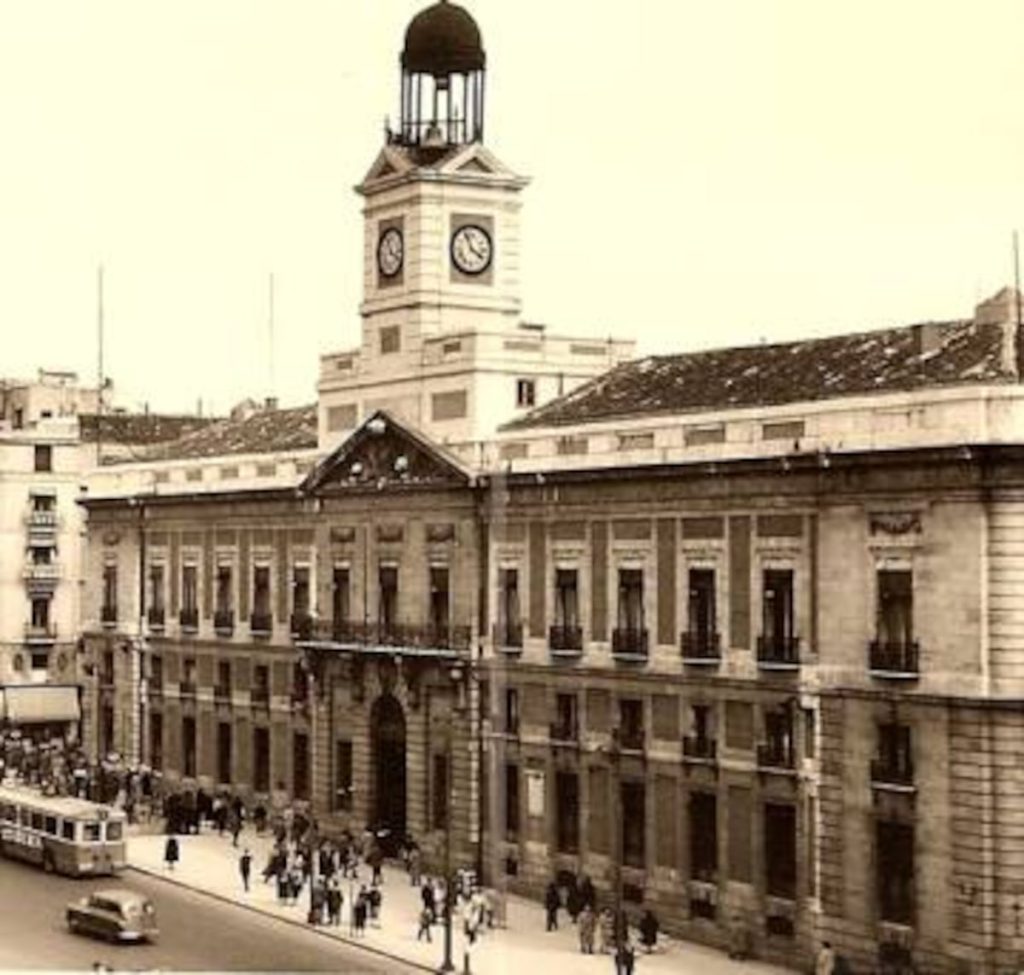Spain will have three new memory sites to remember the victims of the Civil War, the dictatorship, and Francoist repression, all located in Madrid. The government has announced in the Official State Gazette the beginning of the process to declare the La Almudena Cemetery, the former Carabanchel prison, and the former General Directorate of Security (DGS) as such places. These new sites will join the 18 others already declared under the Democratic Memory Law, enacted two years ago. The locations were central to the repression carried out by Francisco Franco during his regime.
The Democratic Memory Law identifies places of memory as sites where significant historical events related to the struggle for rights and freedoms, repression, and violence during and after the Spanish Civil War occurred. The three new locations identified by the government were key in the repression exerted by Franco: La Almudena Cemetery, where opponents and those repressed were executed; the DGS building, where the repression machinery was established, and Carabanchel prison, where many were imprisoned. The Secretary of State for Democratic Memory, Fernando Martínez, stated that these new locations reaffirm the commitment to the victims who suffered repression, torture, and deprivation of liberty under Franco.
The La Almudena Cemetery will be declared a memory site, specifically the southern wall used as a fusillade site between May 1939 and February 1944. During this time, 2,934 people from different regions of the country were executed at the wall, mainly men and women who were militants of leftist parties, intellectuals, and republicans opposing the dictatorship. Among the executed were the Thirteen Roses, members of the Unified Socialist Youth (JSU) killed on August 5, 1939. The impact of bullets can still be seen on the southern wall, making it a silent but atrocious symbol of political violence.
The Carabanchel prison, built between 1940 and 1944 through forced labor by prisoners, became a repressive emblem of the Francoist dictatorship and a symbol of its new prison policy. The facility housed republican, communist, socialist, anarchist, and opposition prisoners, who endured harsh conditions including overcrowding, malnutrition, lack of medical attention, and frequent abuse by guards. The prison was demolished in 2008, and its designation as a memory site came in response to a request from the Platform for a Memory Center of the Carabanchel Prison.
The former General Directorate of Security (DGS) played a central role in Francoist repression. The building, located in Puerta del Sol and now the seat of the Madrid Regional Government, was the site of interrogations, torture, and surveillance of all forms of opposition, whether intellectual, political, or armed. Testimonies of former detainees describe the use of torture to extract information, confessions, and to intimidate them and the opposition. Activists, intellectuals, unionists, and members of social movements were subjected to brutal treatment in order to force them to betray their companions. The designation of these three new locations as memory sites underscores Spain’s commitment to democratic memory and the defense of democratic values.


